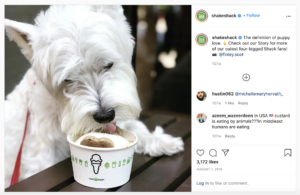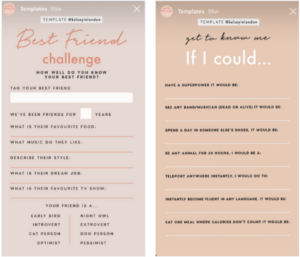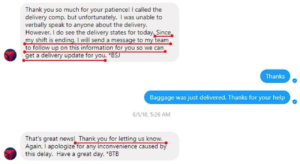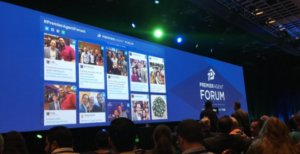Your Guide to Instagram’s Newest Feature, Guides
Back in May of this year Instagram had rolled out a new “Guides” feature to only a select few influencers. This week they have now made this available to all users, giving everyone a new way to share themed content on their Instagram profile.
Here’s everything you need to know.
What are Instagram Guides?
At its release, Instagram explained they wanted to offer a way for users to “easily discover recommendations, tips and other content” from their favorite creators, public figures, organizations and publishers. They in turn launched Guides, which allowed creators to share more long-form content in a dedicated tab on their user profiles. Guides make it easier for users to follow a curated flow of posts with commentary – which makes it great for almost “blog-like” content that incorporates text and visuals. See below:
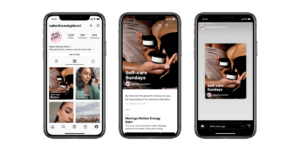
Image Source: Instagram
Where Can I Find Instagram Guides?
To access an Instagram Guide, visit a creator’s profile and you’ll find an icon resembling a newspaper next to the standard posts icon.
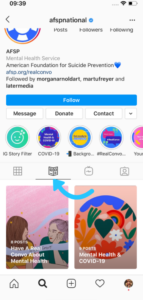
Image from: Later
Users will also be able to share Guides via Stories and Direct Messages, expanding their possible reach even further. Guides will also be available in users’ Explore tab.
How Do I Create a Guide?
To create a Guide on your Instagram profile:
-
- Head to your Instagram profile and tap on the ‘+’ icon at the top left of screen
- From the ‘Create’ menu, select ‘Guide’
- You then select which type of Guide you want to create – ‘Places’, ‘Products’ or ‘Posts’
- From there, you select the posts you want to add to your Guide (either yours or content from other users) and put them into your collection
- You can then add a title and description, and change the cover image if you wish
Additional Updates
Instagram announced another new update that will be very valuable for brands. Before, users were only able to search names, usernames, hashtags and locations. With today’s changes, users will now be able to search keywords to find content relevant to their interests, mirroring a standard search engine.
Instagram says their ultimate goal is to allow users to continuously browse without having to leave the app.
Final Thoughts
This feature can be easily utilized for brands across all industries. If you already create a blog for your website, you can easily re-curate that content and optimize it for Instagram Guides. Not only will this expand your reach, but it will also increase your content engagement due to the face that users no longer have to leave the app to read your blog. Instagram Guides bring a whole new way to curate and consume content, which opens up huge opportunities for e-commerce, story-telling, educating and just creating brand awareness in general.
More from Onimod Global
We’re experts in everything from social media marketing and content creation, to SEM and SEO. If you need assistance in any area of digital marketing, we’re here for you.
Learn more about who we are and what we do, and contact us here today.
We also release the latest digital marketing news and essential marketing tips every Tuesday and Thursday! To catch up on the top digital marketing news and trends, click here.


